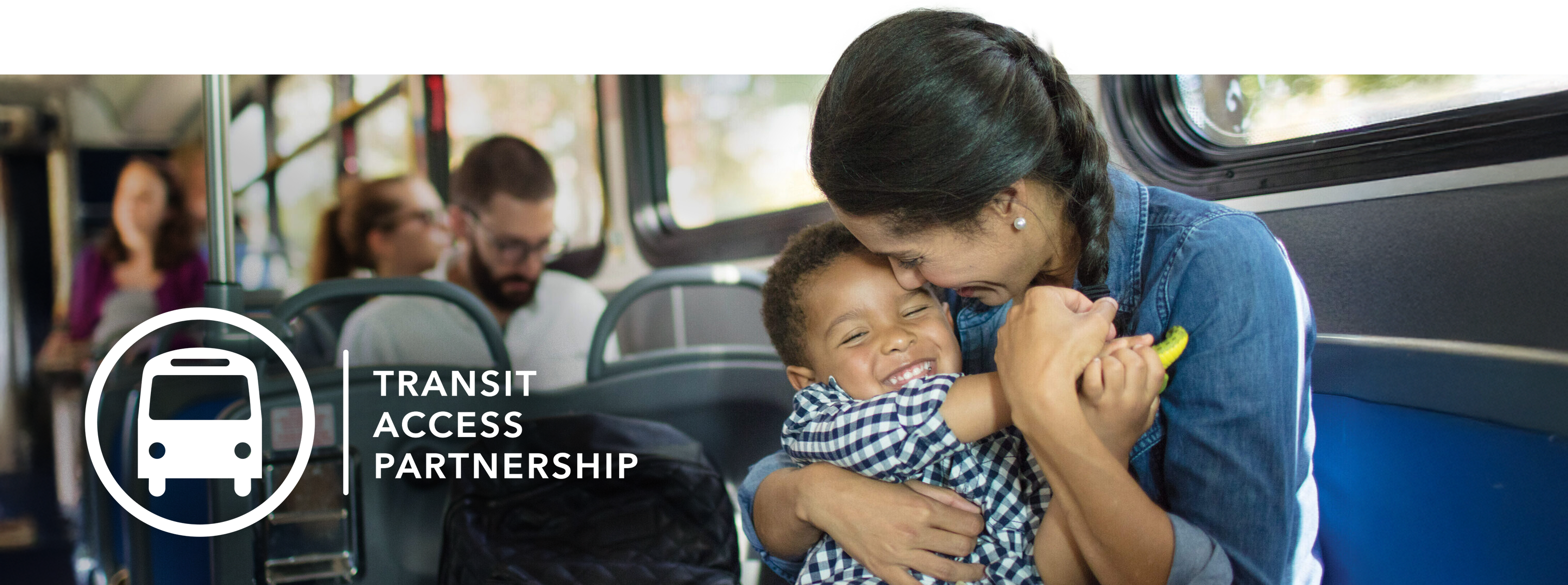
Support Zero Fare Transit
The Transit Access Partnership (TAP) offers a way for the community to help keep Zero Fare transportation available to everyone. While our Zero Fare service is currently supported by a state grant, we are looking for support from our community to maintain the service. Donate online or make a check payable to RideFinders—a registered 501(c)(3) nonprofit division of GRTC.
Your tax-deductible donation directly supports fare-free access to public transportation.
Why Zero Fare Matters
Community Impact
Zero Fare fuels local economies—and helps everyone move forward.
The majority of GRTC riders are low-income and transit dependent. In fact, 74% of riders live in households earning less than $40,000 a year. Many rely on public transit for essential trips – getting to work, school, medical appointments, and other critical destinations they can’t afford to miss.
At GRTC, we believe that Zero Fare is essential to the greater Richmond region’s growth and prosperity. It ensures access to work, school, medical appointments and other necessities.
By The Numbers
- Every $1 invested in public transportation generates $5 in economic returns for the region.
- Every $1 billion invested in public transportation supports and creates approximately 50,000 jobs.
- The average car costs $13,000 yearly to maintain. Per capita income in Richmond is $38,132. Owning a car eats up over a third of the average person’s income in RVA.
Based on data provided by the American Public Transportation Association (APTA) and the 2021 US Census
How Zero Fare Started
GRTC is proud to be a national leader in providing Zero Fare transit.
GRTC launched Zero Fare service in March 2020 as a safety measure during the COVID-19 pandemic—reducing close contact between bus operators and passengers at the farebox. What began as a public health response quickly became a vital service for the community.
In December 2021, GRTC received $8 million in grant funding from the Virginia Department of Rail & Public Transportation (DRPT) to study Zero Fare service. This state funding, along with local contributions from the City of Richmond and Virginia Commonwealth University (VCU), made it possible to continue providing fare-free transit for our riders. Now GRTC is seeking new funding sources to continue Zero Fare service into the future.
Community Partners
Our community partners help support the Transit Access Partnership, allowing GRTC to offer Zero Fare service that benefits the community and contributes to growing the economy. GRTC deeply appreciates their commitment to our mission and our riders. With their support, GRTC can continue to improve rider mobility and equality for the Richmond Region.
Advertising Program
One hundred percent of the proceeds from advertising goes to keeping our system Zero Fare. GRTC’s advertising program has a far-reaching impact to broad audiences. The mobility of transit vehicles allows for extensive geographical coverage and exposure to individuals on and off transit vehicles.

